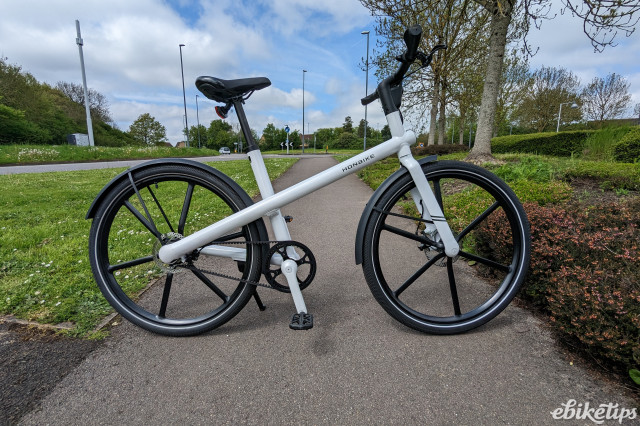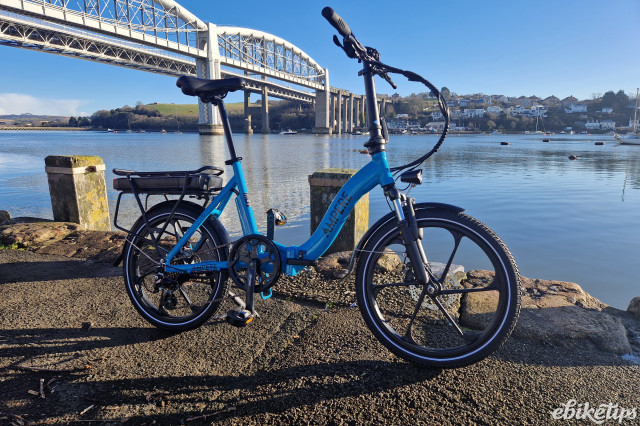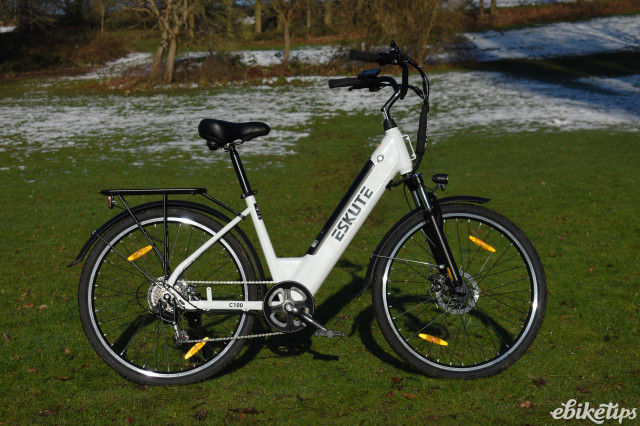Here at ebiketips we really do try and stay abreast of advancements in battery technology. However, recent news about Finnish firms making batteries out of wood and sand really hasn’t helped us feel like we understand this industry at all.
Shall we start with wooden batteries?
Let’s start with wooden batteries.
And then let’s immediately drop the term ‘wooden batteries’ in favour of ‘wood-based batteries’ because it’s slightly more accurate.
The Independent reports that researchers at Swedish-Finnish firm Stora Enso – Europe’s largest forestry company – have discovered that lignin, an organic polymer that makes up roughly 30 per cent of all trees, can be turned into hard carbon.
They’re calling the resultant substance ‘Lignode’ and it can be used for the anodes in lithium-ion batteries instead of graphite.
This is great news for Stora Enso, because lignin has up until now been an unwanted by-product of its paper mill business.
“Cost wise we will be very competitive but it is the performance that is the most exciting,” said Head of Lignode (great job title), Lauri Lehtonen.
“In terms of high charge rates, hard carbons can take you into places that graphite cannot. Graphite’s limits are somewhere around 40-50 minutes, which you can stoke with a very expensive silicon to reach 20 minutes. [Lignin-based anodes] can achieve charge times of eight minutes.”
As one of the biggest renewable sources of carbon anywhere, lignin should be more environmentally friendly than graphite too.
Stora Enso has entered into a joint development agreement with Northvolt to create a sustainable battery and aims to produce the anodes commercially by 2025.
As for the sand battery, that’s actually a rather different thing – a thermal energy storage mechanism really.
The BBC reports that it sits in a 7m high steel container at the Vatajankoski power plant in Finland, where it is operated by Polar Night Energy.
As technological innovations go, it’s rather prosaic. According to the Beeb, “the battery consists of 100 tonnes of low-grade builders' sand, two district heating pipes and a fan.”
Wind and solar power is converted into heat which warms the sand and sand’s qualities (and the insulation around it) mean it retains this incredibly well. The developers say the device can stay at 500C for several months.
When energy demand is higher, the sand battery can provide about 200kW of power through heat-exchange pipes, supplying around 100 homes and a public swimming pool in nearby Kankaanpää. It then recharges overnight when energy demand is lower.
For now, it’s primarily a means of storing and distributing heat as the process of converting it back into electricity only has an efficiency rate of 30 per cent.
Polar Night Energy are working on a turbine that should improve that and also on a second battery, 10 times bigger, for another district heating company.







